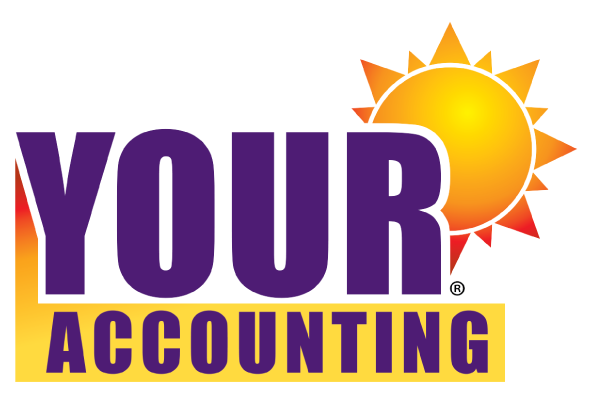For small business owners, understanding financial statements is crucial for making informed decisions and assessing the health of their businesses. One of the most important financial statements is the Profit and Loss (P&L) statement, also known as an income statement. This guide aims to provide a clear understanding of what P&L statements are and how to read them effectively.
What is a P&L Statement?
A P&L statement is a financial document that summarizes the revenues, costs, and expenses incurred during a specific period, usually a month, quarter, or year. It provides a snapshot of a business’s financial performance by showing whether the company generated a profit or incurred a loss during the period under review.
Components of a P&L Statement
- Revenue or Sales: This section outlines the total amount of money earned from the sale of products or services during the period.
- Cost of Goods Sold (COGS): COGS represents the direct costs associated with producing the goods sold or delivering services. It includes expenses such as raw materials, direct labor, and manufacturing overhead.
- Gross Profit: Gross profit is calculated by subtracting COGS from the revenue. It reflects the profitability of a business’s core operations.
- Operating Expenses: Operating expenses include all costs not directly tied to the production of goods or services. These may include rent, utilities, salaries, marketing expenses, and administrative costs.
- Operating Income: Operating income is obtained by deducting operating expenses from the gross profit. It indicates the profitability of the business before considering non-operating expenses and taxes.
- Non-operating Income and Expenses: This section includes any income or expenses that are not related to the core operations of the business. Examples include interest income, interest expenses, gains or losses from investments, or one-time charges.
- Net Income: Net income, also referred to as the bottom line, represents the final profit or loss after accounting for all revenues, costs, and expenses. It is calculated by subtracting non-operating expenses from operating income.
How to Read a P&L Statement
- Start with Revenue: Examine the revenue section to determine the total sales or income generated during the period. Compare this figure to previous periods to identify trends.
- Analyze Gross Profit: Assess the gross profit and its percentage in relation to revenue. Higher gross profit margins typically indicate better pricing, cost control, or more efficient operations.
- Review Operating Expenses: Evaluate the operating expenses and their percentage in relation to revenue. Identify any significant changes or trends. It is essential to manage operating expenses effectively to maintain profitability.
- Consider Operating Income: Analyze the operating income to understand the profitability of the core business operations. A positive operating income signifies a healthy business model, while a negative figure indicates losses.
- Evaluate Non-operating Items: Examine non-operating income and expenses, as they can impact the overall profitability. Monitor interest income, investment gains or losses, and any extraordinary charges.
- Assess Net Income: Finally, review the net income figure. A positive net income reflects profitability, while a negative net income indicates losses.
Understanding P&L statements is crucial for small business owners to make informed decisions and assess their financial performance. By analyzing the revenue, gross profit, operating expenses, operating income, non-operating items, and net income, entrepreneurs can gain insights into the strengths and weaknesses of their business operations. Regularly reviewing P&L statements allows business owners to identify trends, manage costs, and take appropriate measures to improve profitability. Questions? Don’t hesitate to reach out to us.

Recent Comments